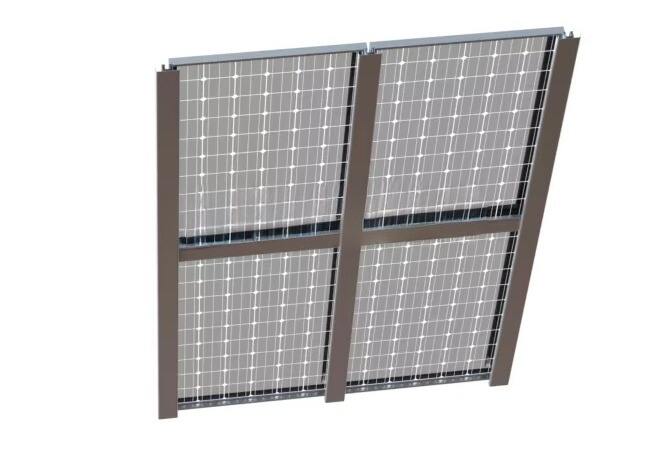PV mounting systems for flat roofs are specialized structures engineered to secure solar panels on low-slope or flat roofing surfaces, balancing energy production with roof integrity and drainage. Unlike sloped roof systems, flat roof mounts must address unique challenges: water pooling, uniform weight distribution, and the need for optimal tilt angles (10°–30°) to maximize sunlight exposure. These systems are typically constructed from high-grade aluminum alloy (6061-T6) or galvanized steel, chosen for corrosion resistance and lightweight properties—critical for minimizing roof load (usually kept below 50 kg/m² to comply with building codes). Two primary designs dominate: ballasted systems and penetrative systems. Ballasted systems use concrete blocks or water-filled weights to secure the structure without roof penetration, preserving the roof’s waterproofing membrane—ideal for warranty-sensitive roofs. Penetrative systems, in contrast, use bolts anchored to roof joists for enhanced stability in high-wind zones, paired with flashing to maintain water tightness. Both designs feature modular rails and adjustable clamps to accommodate standard panel sizes (60-cell, 72-cell) and configurations (portrait or landscape). Drainage is integrated into the system: rails are elevated 5–10cm above the roof surface to allow water flow, and gaps between panels prevent pooling. Compliance with standards such as ASCE 7 (wind and snow loads) and FM 4470 (roof mounting safety) ensures these systems withstand extreme weather (wind speeds up to 160 km/h, snow loads up to 4 kN/m²). For installers, the modular design reduces assembly time, with pre-drilled holes and click-fit components. PV mounting systems for flat roofs are widely used in commercial buildings, warehouses, and industrial facilities, where large, unobstructed roof spaces maximize energy production. By combining structural stability with roof-friendly design, these systems turn underutilized flat roofs into valuable renewable energy assets.
